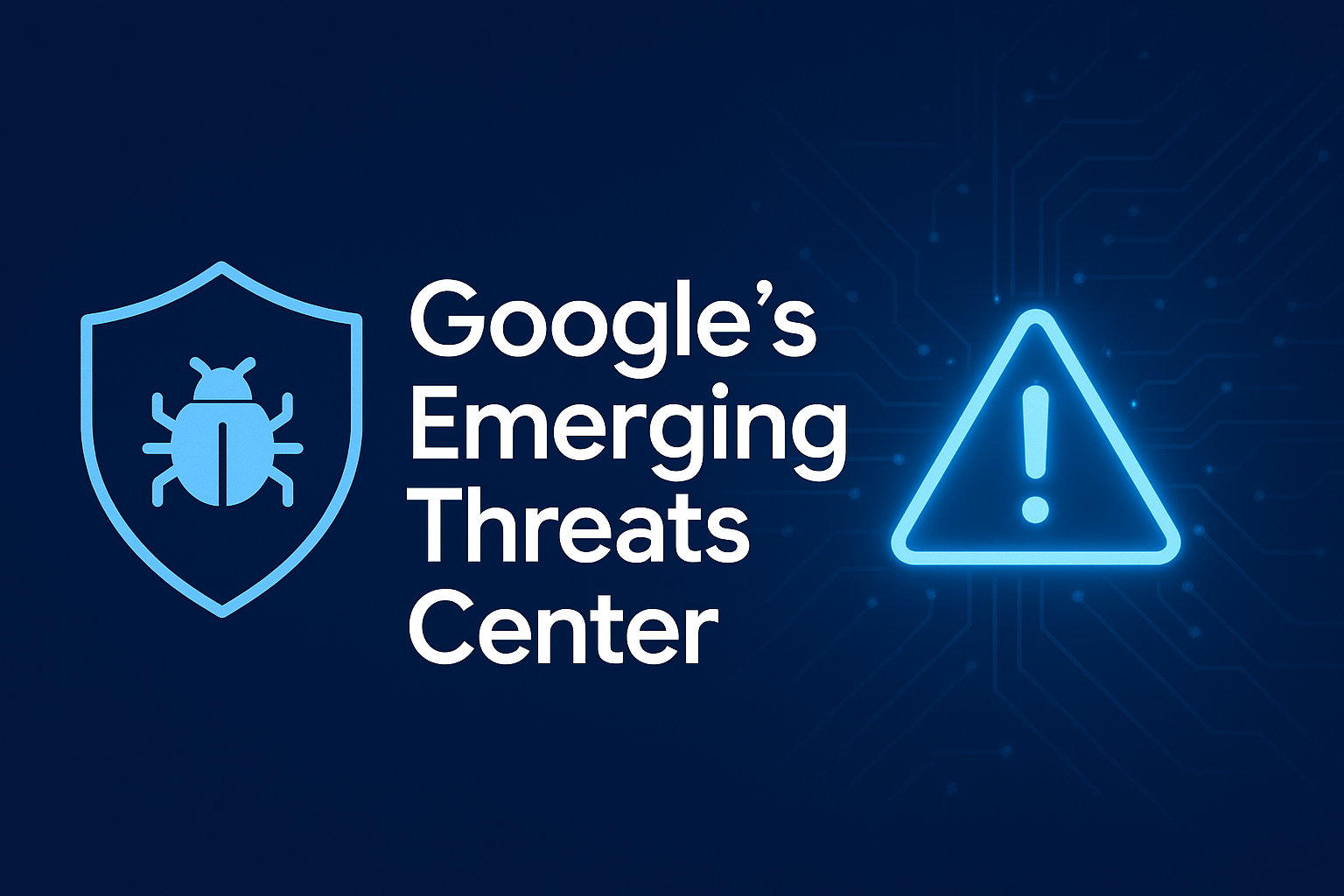When we talk about endpoint security, most people think of antivirus and endpoint detection and response (EDR) tools as the guardians of the enterprise. They sit quietly in the background, watching for suspicious behavior, reporting telemetry back to a central console, and raising alarms when something looks off. But what happens when those guardians are silenced? That is exactly the concern raised by a tool known as SilentButDeadly.
SilentButDeadly is not your average penetration testing utility. It is designed to block or disrupt the network communications that EDR and antivirus agents rely on to function. In practice, this means cutting off the lifeline between the endpoint and the security management infrastructure. Once deployed, the tool can prevent alerts from reaching the security operations center, leaving defenders blind to what is happening on the compromised machine.
How SilentButDeadly Works
The tool operates by interfering with the communication channels that security agents use. EDR and AV solutions typically send telemetry data, alerts, and status updates over secure network connections. SilentButDeadly can block or redirect these communications, effectively isolating the endpoint from its monitoring system. This is not about disabling the agent itself, which might trigger alarms, but rather about severing its ability to talk to the outside world. The result is stealth. The agent may appear to be running normally, but its reports never leave the machine.
This type of disruption is particularly dangerous because it undermines the trust defenders place in their tools. Security teams assume that if an agent is running, it is reporting. SilentButDeadly breaks that assumption.
Insider Threat Potential
While external attackers might use SilentButDeadly during advanced intrusions, the insider threat scenario is especially concerning. Insiders often have legitimate access to systems and may know which security tools are deployed. By using SilentButDeadly, they could suppress alerts while carrying out malicious actions such as data theft, sabotage, or privilege escalation. Because the tool does not necessarily stop the agent from running, it reduces the chance of immediate detection.
Insider threat actors could leverage SilentButDeadly to:
- Exfiltrate sensitive data without triggering alerts
- Disable monitoring during unauthorized access attempts
- Cover tracks after privilege escalation or lateral movement
- Create a false sense of security for administrators who believe agents are functioning normally
Documented Use Cases
SilentButDeadly has been discussed in offensive security communities as a way to test resilience against communication disruption. Red team operators have used it to simulate adversaries who attempt to blind defenders by cutting off telemetry. In these contexts, the tool is framed as a way to help organizations understand their detection gaps. However, the same capabilities are attractive to malicious insiders or advanced persistent threat actors. Once a tool exists, its use is not limited to ethical testing.
Defensive Considerations
The existence of SilentButDeadly highlights the need for layered defenses. Organizations cannot rely solely on endpoint agents reporting back to a console. Defensive strategies should include:
- Out-of-band monitoring: Using network-level sensors that do not depend on endpoint agents
- Integrity checks: Verifying that agents are not only running but also actively communicating
- Behavioral baselines: Watching for anomalies in network traffic that suggest agents have gone silent
- Insider threat programs: Monitoring for unusual behavior by employees or contractors who may attempt to deploy tools like SilentButDeadly
Ultimately, SilentButDeadly is a reminder that attackers, whether external or internal, will look for ways to blind defenders. Security teams must anticipate these tactics and build resilience into their monitoring strategies.






Leave a Reply